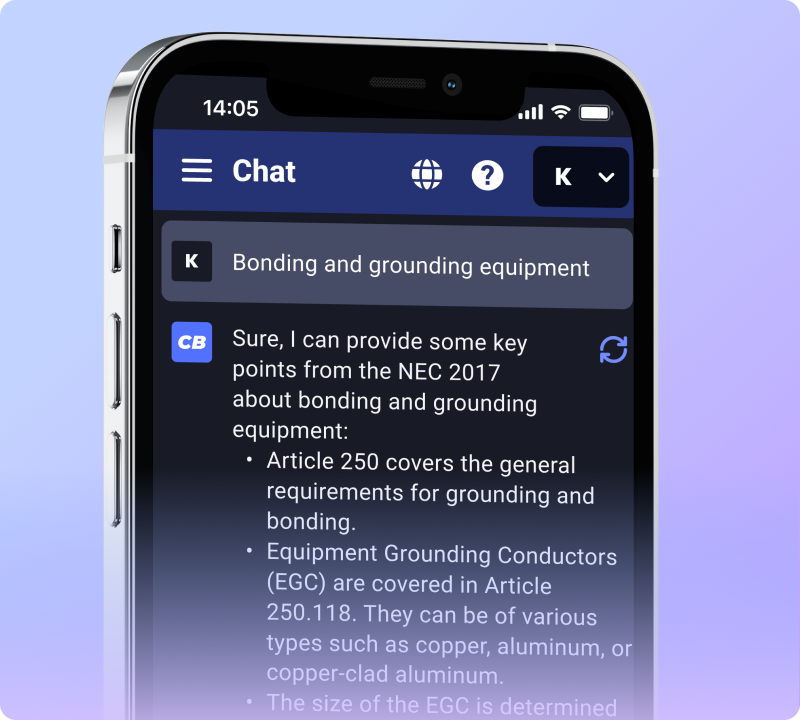Outdoor electrical outlets offer convenience and flexibility for various activities, from landscaping to outdoor entertainment. However, adhering to specific codes and standards is crucial for ensuring safety and functionality. This guide provides an overview of the outdoor electrical outlet code, tailored for DIY enthusiasts, electricians, and construction workers in the US.
Understanding the NEC Requirements
The National Electrical Code (NEC) sets the standard for safe electrical design, installation, and inspection. It ensures outdoor outlets are weather-resistant and properly grounded. Key NEC guidelines include:
- Weather-resistant Outlets: Outdoor electrical outlets must be weather-resistant to withstand natural elements.
- Ground-Fault Circuit Interrupter (GFCI) Protection: This is essential for preventing electrical shock, especially in wet conditions.
- Height and Location: Outlets should be conveniently located but not less than 6 inches above the ground to avoid water pooling.
Placement and Usage Considerations
Proper placement of outdoor outlets is vital for both convenience and safety. Consider the following:
- Strategic Location: Place outlets near areas of frequent use but away from water sources.
- Cover Requirements: Use weatherproof covers to protect the outlets when not in use.
- Circuit Capacity: Ensure the electrical circuit can handle the load, especially if you plan to use high-power equipment.
DIY Installation Tips
For DIY enthusiasts, here are some tips:
- Understand Your Limits: If you’re not confident in your skills, it’s safer to consult a professional.
- Follow NEC Guidelines: Always refer to the latest NEC standards for compliant installations.
- Safety First: Turn off the power supply before starting any installation or repair work.
Conclusion
Installing outdoor electrical outlets according to code is crucial for safety and functionality. Whether you’re a DIY enthusiast, a journeyman, or a master electrician, understanding and following these guidelines is essential.


